From EcoDiesels and Pentastars to V8s, Jeep has an array of capable power plants. We take a look at the slightly older yet still impressively reliable 2.5-liter straight-four.
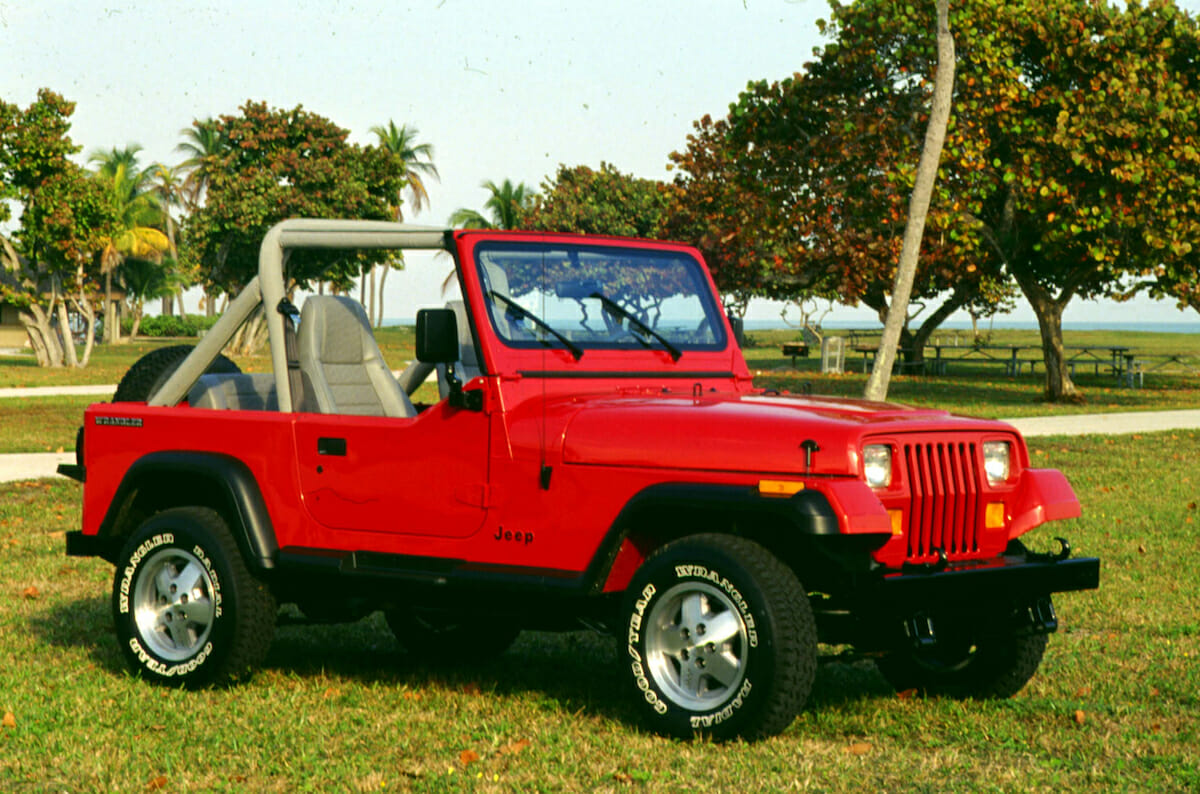
The auto world is changing fast, and internal combustion engines will enter a state of obsolescence fairly soon. The sustainability blog Frontier Group reports that by 2035, all, if not most, new cars sold in the state of California will be electric.
However, not everyone is sold on the idea of having to run errands using battery power.
U.S. News & World Report recently covered 11 reasons why people are not buying EVs. In this discussion though, we’ll be covering the important details surrounding various combustion engines.
More specifically, we’ll be taking a closer look at Jeep’s massively underrated 2.5-liter inline-four. Although it’s a bit dated, the engine is highly regarded in the enthusiast community for its robust build.
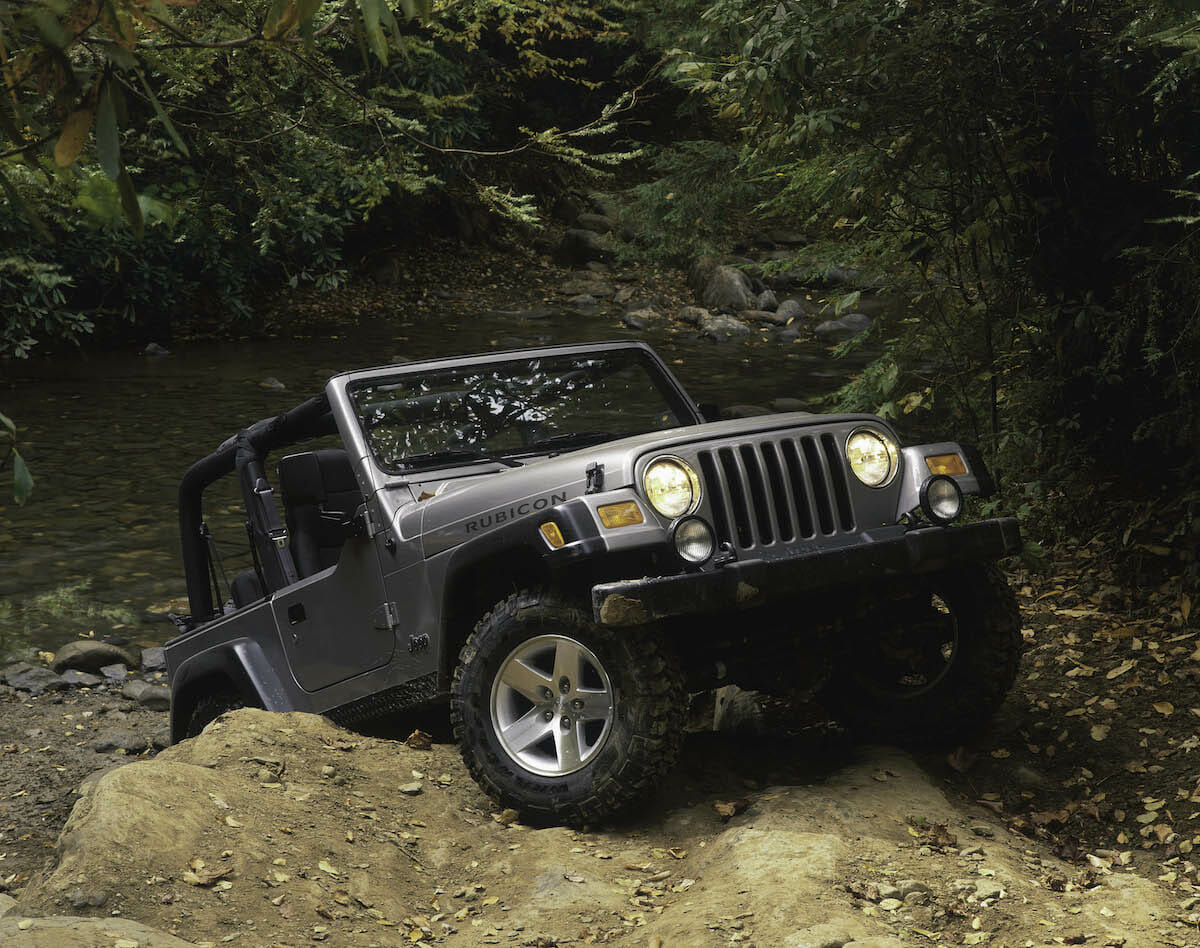
Jeep 2.5 Engine: Creating a Cult Following
Jeep has a cult following and a rowdy image thanks to its impeccable off-road prowess. Thanks to its Willys roots, Jeep proved to be a dependable all-American brute that could travel off the beaten path without much hassle.
To have such levels of dependability required engines that could withstand all forms of torture and battering. This is when the 4.0-liter was brought into the mix. Even today, it is one of the most reliable Jeep engines available.
A couple of years prior to the 4.0-liter’s introduction, engineers developed a smaller but characterful motor dubbed the AMC Straight-four engine, commonly known as the Jeep 2.5-liter.
Later on, in 1997, Chrysler marketed the engine as the PowerTech Inline-four, and it was used as the standard engine configuration of many Jeep and Dodge models.
After the acquisition in 1970, AMC made key changes to the brand, and it was under AMC’s leadership that most of the modern Jeep models were born. Because of America’s love of fuel-efficient vehicles in the ‘80s, AMC had to come up with powerful yet economical engines.
Another part of the plan was to develop a cross-platform motor to be used by AMC’s subsidiaries. In 1982, American Motors Corporation introduced the 2.5-liter engine specifically with Jeep and Eagle in mind.
Before the 2.5-liter was conceived, AMC used to buy GM’s Iron Duke inline-four motor to power its vehicles.
However, in order to cut costs involved with sourcing engines, and to keep up with public demand, AMC decided to build one of its own.
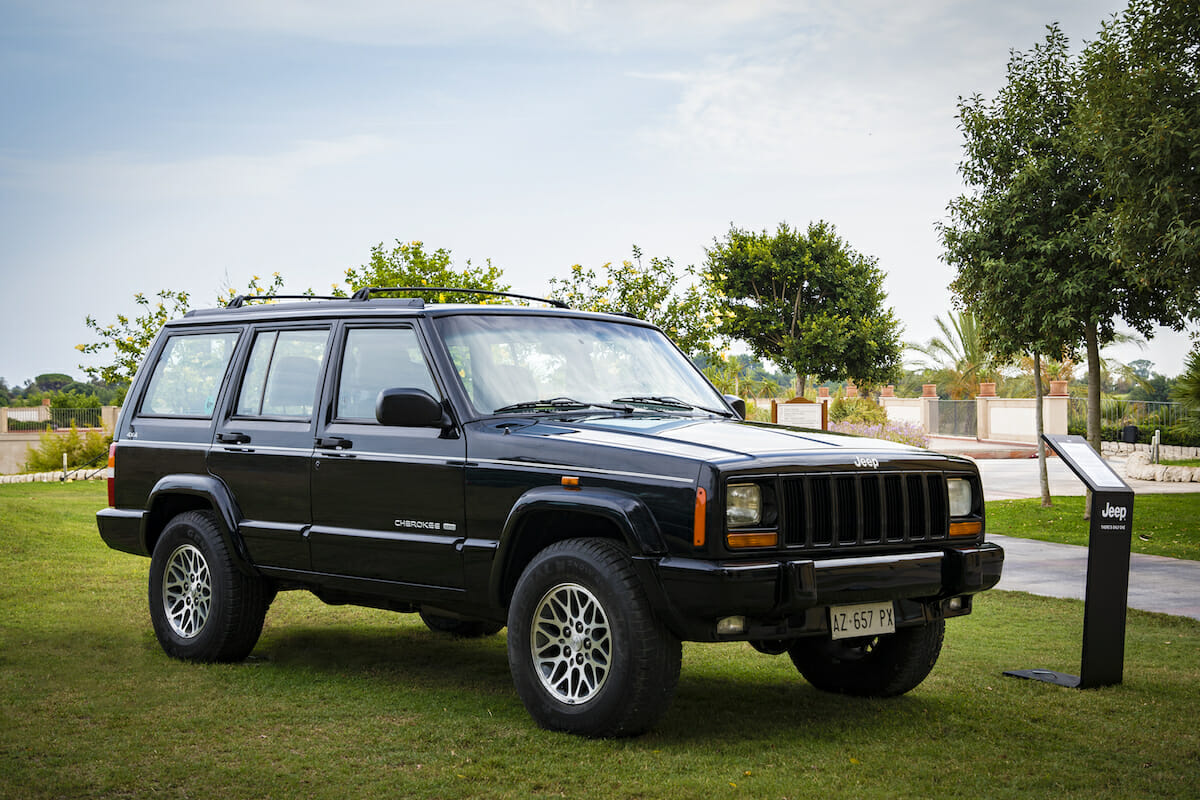
Jeep 2.5-liter: Built for Durability
The AMC 2.5-liter four-cylinder had close relations to the tried and tested AMC 258 cu in (4.2-liter) straight-six. However, a lot of the electronics were new to the inline-four along with a larger bore and longer stroke.
Essentially, the 2.5-liter was a 258 cu in AMC straight-six with two cylinders lopped off. Bored to 3.875, and de-stroked to 3.187 inches.
The engine used a carburetor until given throttle-body fuel injection in 1986. Then, in 1991, it switched to multiple-port fuel injection, and in 1993 moved to sequential multiple-port fuel injection.
During its initial years, the 2.5-liter four-pot managed 105 horsepower and 132 lb.-ft. of torque. However, as revisions came along, power saw a spike with outputs topping out at 130 horsepower and 150 lb.-ft. of torque.
The 2.5 was slightly detuned for the Wrangler and produced 121 horsepower and 145 lb.-ft. of torque at its peak. The AMC straight-four engine was used in:
- Jeep Cherokee (XJ): 1984 – 2000
- Jeep DJ and AMC Eagle: 1983 – 1984
- Jeep Wrangler (YJ/TJ): 1987 – 2002
- Jeep Comanche: 1986 – 1992
- Dodge Dakota: 1996 – 2002
The AMC/ PowerTech 2.5 straight-four was retired in 2002 and a new corporate 2.4-liter inline-four was introduced for the Jeep lineup starting with the Liberty (KJ) running from 2002 to 2005 and Wrangler (TJ) from 2003-2006.
Then came the 2.4 Tigerhawk that powered the Compass, Renegade, and Cherokee while a new hybrid 2.0-liter GME inline-four engine saw its arrival in the 2018 Jeep Wrangler. Marking the return of a gasoline four-pot after a decade-long hiatus.
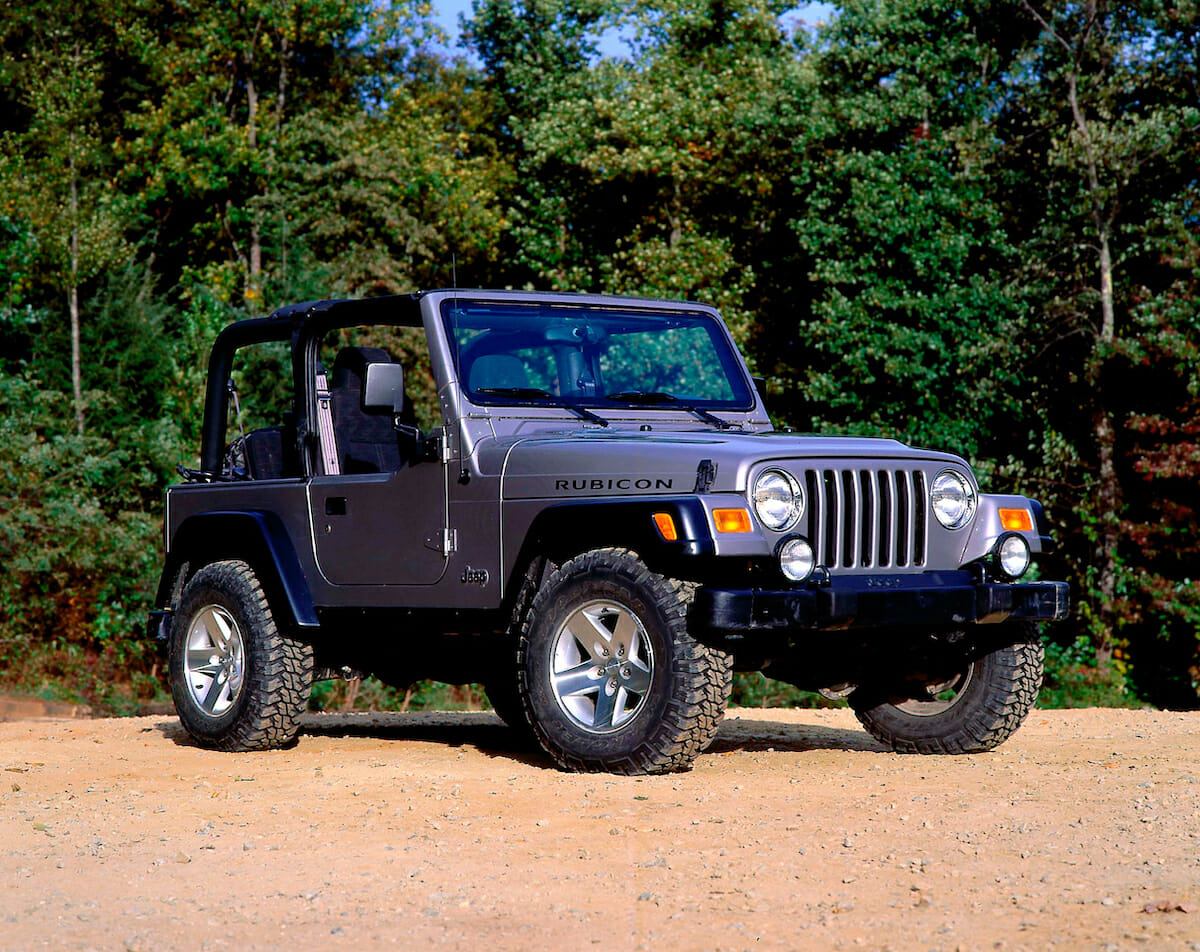
Is the 2.5 Jeep Engine Good?
As it turns out, many enthusiasts have commented on Wrangler Forum, claiming the 2.5-liter Jeep inline-four is as reliable as its 4.0-liter brother. There were comments of owners who’ve clocked more than 300,000 miles with their 2.5-liter Jeep and having no major issues.
Another set of information comes courtesy of YouTuber KyleSVT. He currently owns a 4.0-liter straight-six Jeep Wrangler Sport but used to own a 2.5-liter 2001 Wrangler SE. His sister took ownership of his smaller Wrangler SE and reports no major concerns says, Kyle.
In his video, he explains that the 2.5-liter has accumulated over 90,000 miles and remains trouble-free to date.
The only real issue he has experienced is with the 2.5 being underpowered. The 120 horsepower and 145 lb.-ft. feel paltry in comparison to the 4.0-liter’s 190 horses and 235 pounds of twist. That said, his sister enjoys the engine’s throaty vocals and excellent reassurance.
Also, in terms of transmission, he advises against opting for the three-speed auto and instead prefers the five-speed manual box. If you’re pondering on what differentiates the four and six-pot Jeep engines, Four Wheeler has listed out the key differences between the 2.5-liter and 4.0-liter.
For everyday street use, the 2.5-liter Jeep motor is as robust as any of its modern iterations. In conclusion, if you’re looking to buy a Jeep 2.5, go ahead. As long as you’re power requirements are not too overwhelming, the 2.5-liter inline-four will more than suffice.
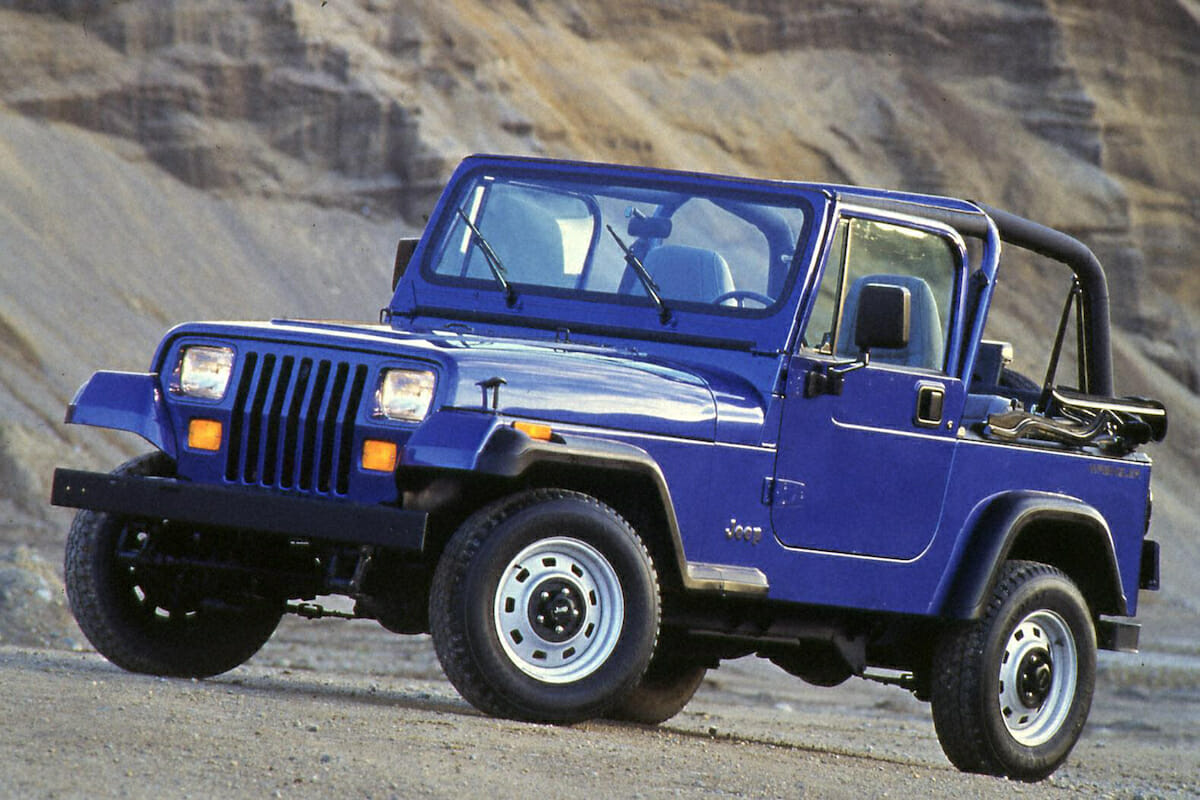
PowerTech 2.5 Four-cylinder Engine
As we pointed out earlier, the PowerTech 2.5 four-cylinder is among the very best of Jeep’s inline-four arsenal. However, it’s a bit dated in today’s world. As far as emissions and fuel economy are concerned, siding with the later generation is the best.
The more modern 2.4-liter Tigershark four-pot on the other hand is among the most expensive and sophisticated lower-end engines.
However, the Tigershark is reserved for the lower models of the Jeep lineup. It is better suited for light to moderate use cases and not intense off-roading. The modern Jeep four-cylinder especially the 2.0-liter turbo Hurricane engine is in many ways better than the Pentastar V6, says Car and Driver.
Some reviewers even went out to call the 2.0-liter turbo-four the best Wrangler power plant to date. Popular Mechanics reports that it “nets significantly better mileage (up to an extra four mpg on the EPA combined cycle) and is temperamentally better suited to Wrangler duty.”
The available eTorque system also provides better auto stop/start performance and improves low-end throttle response before the turbo spools up. The engine complies with all modern emission standards thanks to the GPEC4 engine-management system with a close-coupled catalyst, wide range O2 sensor, and C-EGR system.
One thing to note is that for optimal performance and efficiency, the new mild-hybrid 2.0-liter turbo motor requires premium 91 octane fuel as opposed to the Pentastar V6 engine, says Motor Trend.
Photos: Stellantis
